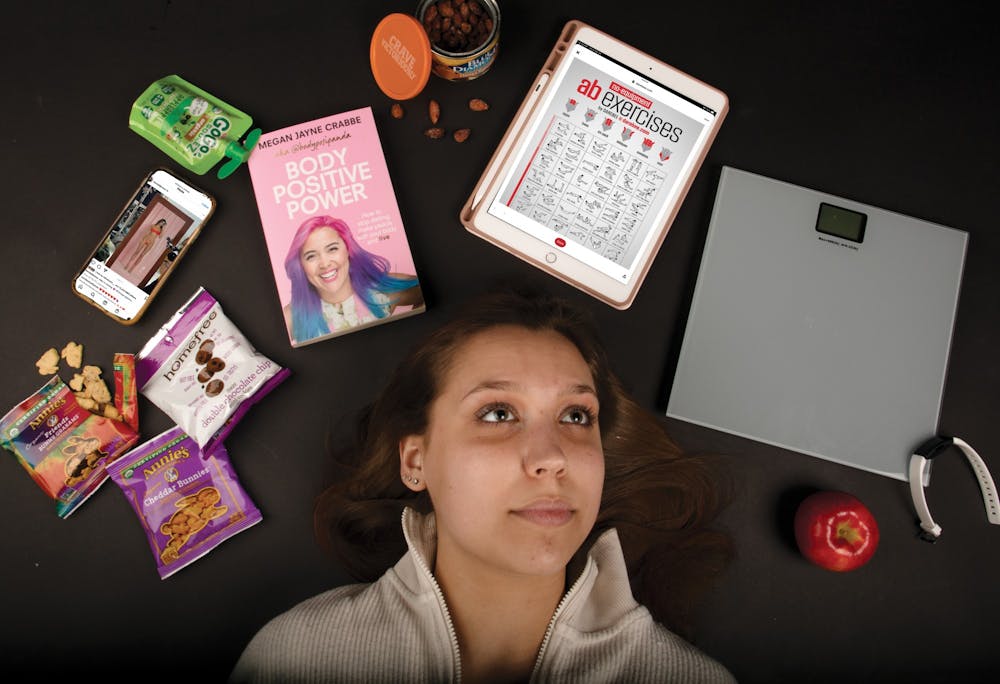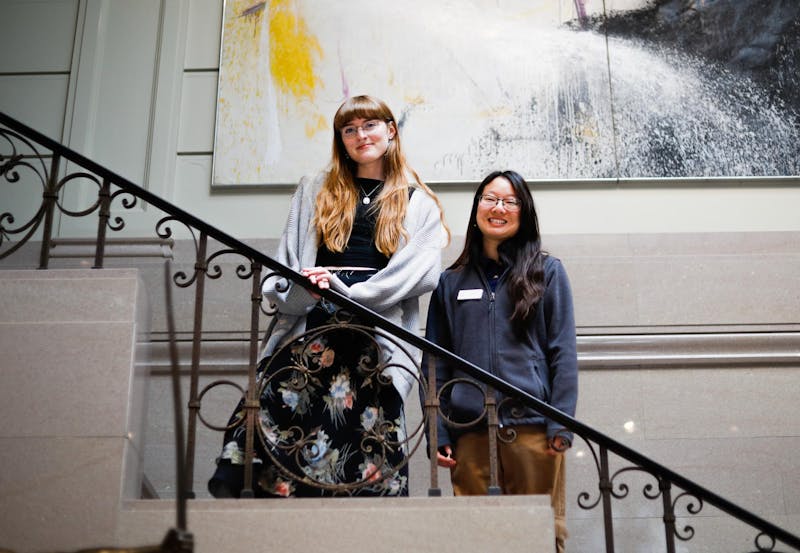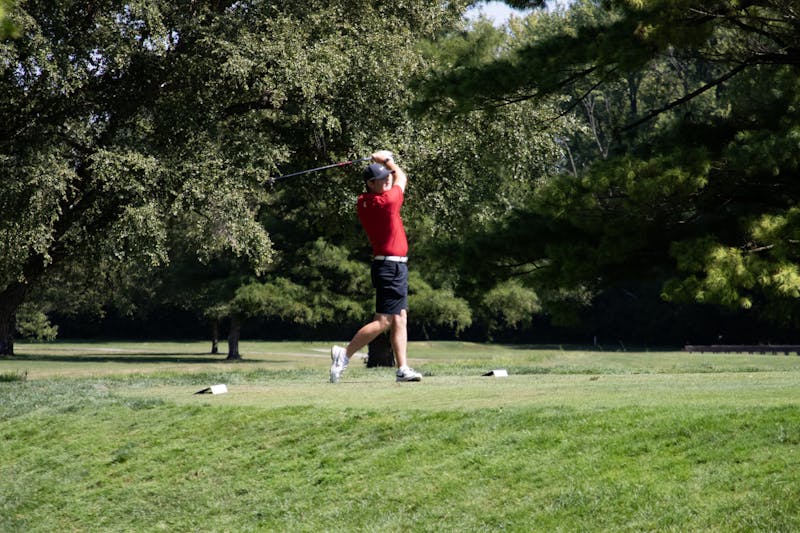
Content Warning: This story contains detailed descriptions and images related to eating disorders that may be triggering to some readers. Please read with caution.
Taylor Smith is a junior news and magazine major and writes “Bold Type” for The Daily News. Her views do not necessarily reflect those of the newspaper.
I don’t look the part.
If you didn’t know more than the fact that my thighs touch in the middle and my stomach isn’t perfectly flat, you wouldn’t know I have been struggling with an eating disorder and body image issues for nearly my entire life.
When people look at me, they see an average girl — brown hair, green eyes, size 10 jeans. They see meat on my bones and muscular legs that carry her from Kinghorn to Cooper every morning — not that she hasn’t eaten a full meal in nearly a week or that she woke up much earlier than she had to this morning to cycle until her brain told her it was okay to stop, that she had burned enough calories for the time being.
I don’t look like I have an eating disorder, but I do — a severe one. Yet, the stereotypes surrounding eating disorders still tell me I’m not small enough to be anorexic, I don’t eat enough to be bulimic and I’m not sick enough to have any other unspecified feeding or eating disorder.
The logic that one can only have an eating disorder if they look a certain way, are a certain gender or weigh a certain number is stereotypical and discourages those who do not fit the societal criteria from seeking help for serious disordered eating.
The truth is there is no one way to have an eating disorder because they are just as mental as they are physical. The National Eating Disorders Association defines eating disorders as “complex medical and psychiatric illnesses.” Yet, most people continue to associate eating disorders with being severely underweight and recovering with returning to “normal.”
One stereotype surrounding eating disorders is that people with them are vain — they have a desire to be skinny and small, and skinny and small is automatically associated with being sick.
What people don’t realize is that someone doesn’t have to be under/overweight — or any weight — to have an eating disorder. Eating Disorders aren’t solely physical, and they aren’t always centered around vanity or wanting to look thin.
When medical professionals diagnose someone with an eating disorder, a patient’s weight is not the first thing considered. Unfortunately, across most of society, the underlying belief is that someone can’t be struggling with a real eating disorder if they aren’t visibly underweight.
According to the National Association of Anorexia Nervosa and Associated Disorders, less than 6 percent of people suffering with eating disorders are medically diagnosed as underweight. Yet, people in average-to-larger bodies are half as likely as those described as “underweight” to seek treatment or be diagnosed with an eating disorder, despite the fact that the struggle is almost entirely mental.
And while we struggle to accept that eating disorders are mental illnesses, we also shed little light on the fact that men can suffer too. Men see photos on social media of six-pack abs and biceps the size of footballs, and this is just as harmful to men as photoshopped images of underweight models are to women.
According to the National Eating Disorders Association (NEDA), one in three people struggling with an eating disorder is male, and subclinical eating disorder behaviors, like binging, purging and abusing laxatives, are nearly as common in men as they are among women.
A number of men struggling with eating disorders also suffer from a type of body dysmorphic disorder known as muscle dysmorphia, according to NEDA, causing them to be preoccupied with not being muscular or lean enough and therefore excessively working out and overexerting themselves while weightlifting. However, oftentimes, these actions are not generally associated with disordered eating behaviors.
But because of the existence of stereotypes and cultural biases, men are much less likely to seek treatment for their disordered eating than women. Stereotypes surrounding disordered eating continue to prevent most men from seeking help for these problems.
Not only does it take courage to admit to yourself that you need help, but it takes even more to stand up in front of a society telling you otherwise.
The longer we allow these stereotypes to exist, the more harm we are committing as a society. We are responsible for creating circumstances that prevent people from taking care of themselves, and it is important that we change our ideology quickly, because no one deserves to suffer in silence. No one deserves to suffer alone.
I don’t look the part, but neither do the 94 percent of normal-to-overweight individuals — both men and women — who are struggling with me.
Eating disorders don’t discriminate — we do.
Contact Taylor with comments at tnsmith6@bsu.edu or on Twitter @taynsmithh.





The Daily News welcomes thoughtful discussion on all of our stories, but please keep comments civil and on-topic. Read our full guidelines here.